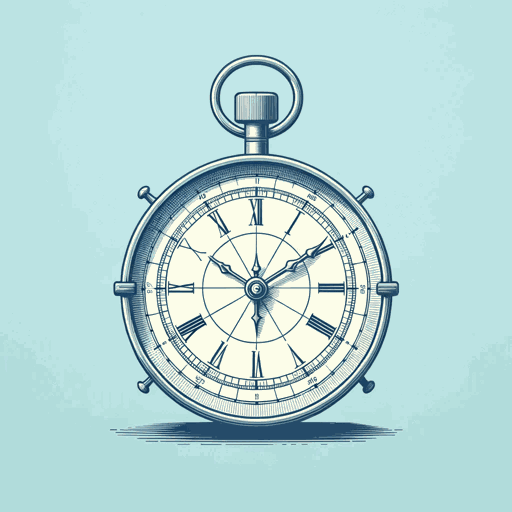68 pages • 2 hours read
Dava SobelLongitude: The True Story of a Lone Genius Who Solved the Greatest Scientific Problem of His Time
Nonfiction | Book | Adult | Published in 2005A modern alternative to SparkNotes and CliffsNotes, SuperSummary offers high-quality Study Guides with detailed chapter summaries and analysis of major themes, characters, and more. For select classroom titles, we also provide Teaching Guides with discussion and quiz questions to prompt student engagement.
Important Quotes
“The latitude lines, the parallels, really do stay parallel to each other as they girdle the globe from the Equator to the poles in a series of shrinking concentric rings. The meridians of longitude go the other way: They loop from the North Pole to the South and back again in great circles of the same size, so they all converge at the ends of the Earth.”
(Chapter 1, Page 2)
All the lines of longitude converge at the poles; everywhere else, they lie separate from one another, daring us to figure out which one we’re on or closest to. Without knowing the exact time at home port, sailors had to struggle even to guess how far west or east they were. This situation became known as the “longitude problem.”
“The zero-degree parallel of latitude is fixed by the laws of nature, while the zero-degree meridian of longitude shifts like the sands of time. This difference makes finding latitude child’s play, and turns the determination of longitude, especially at sea, into an adult dilemma—one that stumped the wisest minds of the world for the better part of human history.”
(Chapter 1, Page 4)
Latitude is simple: The Earth spins on its axis, and the widest point of that spin, effectively the waist of the planet, is the Equator, which mapmakers set at zero degrees. All parallel lines on maps of the Earth are lines of latitude, measured in degrees north or south of the Equator. Lines of longitude run north and south through the poles, and knowing which line a ship is on will tell sailors how far from home they are. They must, however, possess two clocks: one set to the local time at their home port and one set by the location of the sun or moon in the sky. The difference between those two times tells them how far away they are from home.
Related Titles
By Dava Sobel



